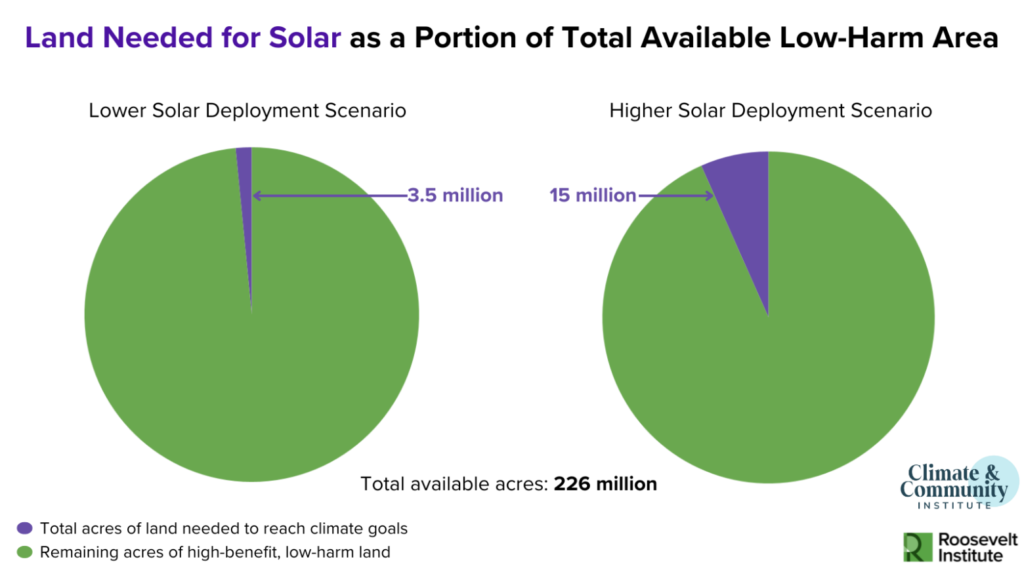Planning to Build Faster: A Solar Energy Case Study
Toward a Democratically Rooted, Nationwide Strategy to Accelerate Solar Deployment in the United States
Energy analysts suggest that the United States will need to build millions of acres of solar capacity—totaling an area potentially as large as West Virginia—to reach 100 percent clean electricity by 2035. However, the speed of the energy transition remains incommensurate with the urgency of the challenge.
Energy analysts and policymakers have speculated widely about the factors slowing down renewable energy deployment. Using the build-out of solar energy as a case study, this report evaluates the factors that hinder—and help—the transition to renewable energy, with the aim of bringing nuance and empirical evidence to debates around permitting reform and political-economic strategies to hasten renewable energy deployment.
The transition to renewables will require a whole host of resources and technologies to ultimately transform built environments and energy landscapes. This report argues that the government should coordinate solar siting and development to both ensure rapid deployment and balance the impact of the new infrastructure. Leaving that task to a wide variety of private-sector actors is not conducive to swift—let alone equitable—deployment.
Effective solar deployment requires a nationwide planning and coordination effort. This paper outlines four key roles for the federal government to play in advancing solar:
- Conducting whole-of-government, nationwide, multi-scalar land-use and site planning to identify high-benefit, low-harm solar sites across the country and organize deployment efficiently;
- Coordinating between federal, state, Tribal, and local governments to ensure that national planning coheres with local priorities;
- Embedding community, worker, and environmental benefits into solar deployment and development to build trust and support for the energy transition; and
- Creating and expanding support for public and nonprofit solar deployment companies, unburdened by the duty of generating profits for shareholders.

Potential for Equitable Solar Deployment (view interactive map)
Our preliminary analysis shows that there are nearly 226 million acres of high-benefit, low-harm area available for solar deployment; the US only needs between 3.5 million to 15 million to meet solar deployment targets. We identify several categories of high-benefit, low-harm sites that meet environmental quality and social equity criteria and include everything from abandoned agricultural land to transportation rights-of-way. The area available for solar is 15 to 60 times what will be needed, suggesting that while land use and solar siting will present a challenge, it is ultimately a problem that can be resolved.

The “where” of solar deployment is important, but the “how” and “when” can be just as critical to its success. Connecting high-benefit, low-harm solar sites to the grid will require planning, policy, and investment in new transmission and distribution infrastructures. That is why we argue for community benefit, coordination across government scale, and public or nonprofit solar developers. Together, these measures can begin to align the US energy system with a progressive, post-neoliberal paradigm that recognizes the strategic nature of energy as a public good.



